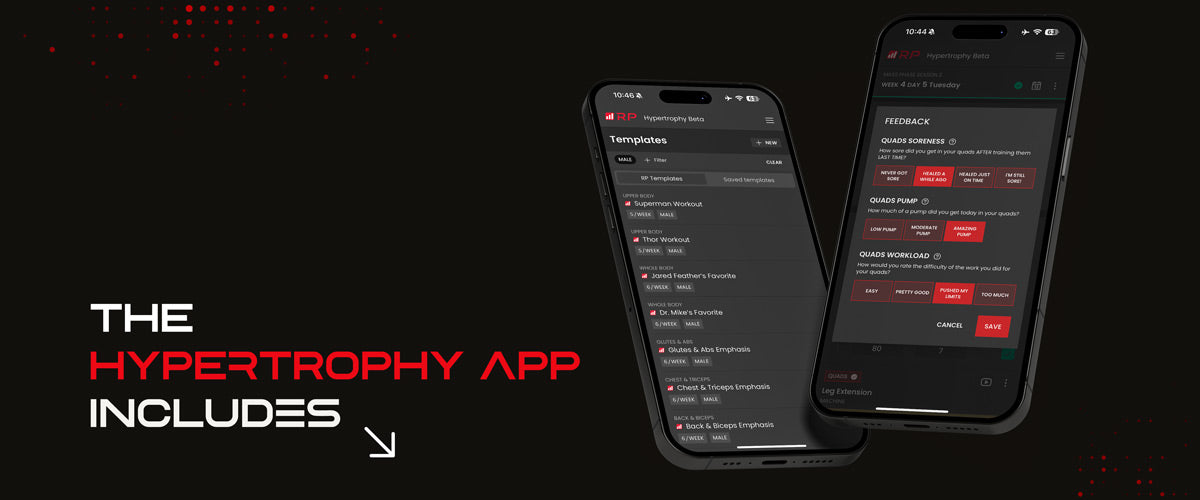TL;DR
- Good exercises allow for deep muscle stretch and high tension.
- They challenge you in the 5–30 rep range with real loading.
- Smart programming beats random exercise choices every time.
What Makes an Exercise Great?
Dr. Mike outlines 10 factors that elevate a movement from average to elite, starting with the two biggest ones:
- Deep Stretch: Movements that let muscles lengthen under load tend to cause more hypertrophy. Think deep chest presses or Romanian deadlifts.
- High Tension at Stretch: It's not just about how far you stretch—it's whether that stretch is challenging. Exercises like incline dumbbell curls shine here.
If a lift checks both of these boxes, you’re off to a strong start.
The Right Challenge Zone
Exercises should allow you to train effectively in the 5–30 rep range. If you’re breezing through 50 reps with no burn, it’s not enough load to trigger growth. That’s why bodyweight crunches or pink dumbbells often fall short for advanced lifters.
Want to make a light movement more effective? Try these strategies:
- Slow down the tempo—especially on the lowering (eccentric) phase.
- Add pauses in the stretch position.
- Use bottom-range partials to keep muscles under tension.
- Place high-rep movements later in your workout when you’re already fatigued.
Progression is King
No matter how “cool” an exercise looks, if you can’t progressively overload it, it won’t deliver long-term gains. You need to be able to add weight, reps, or difficulty over time.
Examples of good choices include:
- Machine chest presses and barbell squats (easy to load progressively)
- Deficit push-ups and bodyweight squats—if placed after heavier lifts
- Dumbbell movements that allow for full stretch and a clear loading path
